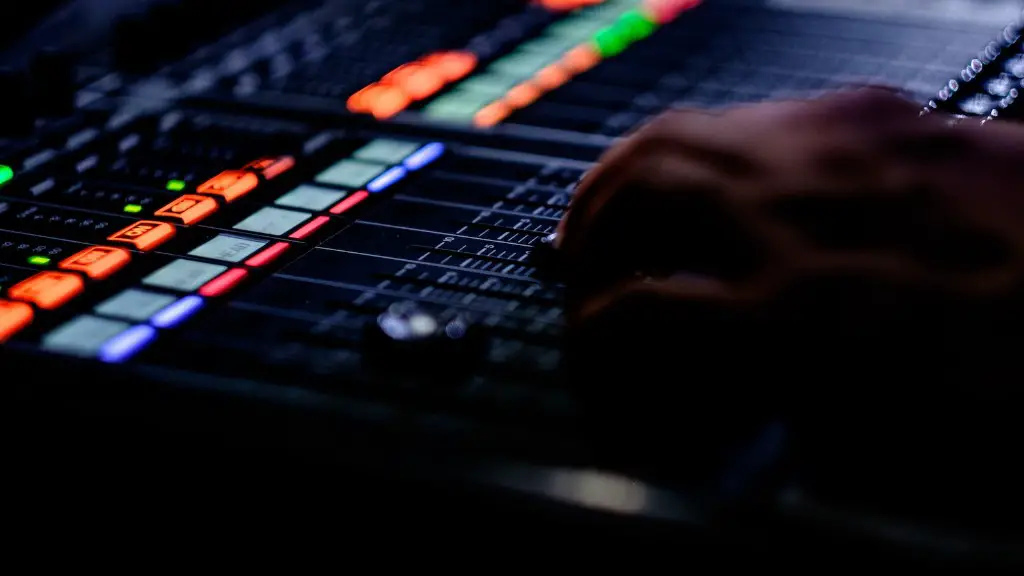1. Drawing Basics
Drawing is definitely an art form in itself, and drawing a panda can be quite tricky. But with a few simple steps you can achieve the look of a cuddly, playful panda in no time. The most important thing to remember when drawing a panda is to actually have fun doing it. Start by imaging in your mind what the finished panda will look like. Visualize the shapes, curves, and lines that will make up your panda.
Once you have a clear image in your head, it’s time to start sketching. Take your pencil and lightly draw an oval which will be the head of your panda. Then draw a circular shape that slightly overlaps the bottom of the oval. This will be its body. Then, draw two ovals on either side of the panda’s head which will be the ears.
The next step is to draw two triangles for the eyes. Add some cute details, like two circles for the pupils and two curved lines for the eyebrows. Now it’s time to draw the mouth. Draw a curved line that starts from the tip of the oval and ends just below the nose. Finally, add two triangular shapes below the eyes, these will be its cheeks.
2. Shading the Features
Now that you have your panda’s basic outline, it’s time to give it some life by adding some details. Start by adding an extra line which will be the nose of the panda. Then, draw two horizontal lines around its nose and draw a heart shape for its mouth.
Shading is the next step to make your panda more realistic and lifelike. Start by using a very light colored pencil to fill in the area around the pupils. Then, move on to the cheeks and use the same light colored pencil to give your panda a nice, natural-looking blush. Darken the outline of the eyes and the mouth and blend it into the shading you’ve done before.
3. Building the Character
A panda is a very friendly creature, so it’s important to make sure your drawing reflects that. To do this, you’ll have to add some interesting details. Start by giving your panda cute fur markings around its eyes and cheeks. Then, draw some curved lines that start at the top of its head and go all the way to the bottom of its belly. These will give your panda a cute, fluffy look.
To add some personality to your panda, draw a few patches of fur on its ears, chin, and around its mouth. Then, draw two small circles in its eyes to give it a gentle, soulful look. Finally, draw two tiny curved lines inside its ears to give your panda an inquisitive and mischievous look.
4. Adding Texture and Highlights
Now it’s time to make your panda look even more realistic. Start by adding a few highlights to its fur to give it an extra dimension. Use a white colored pencil and lightly draw a few spots on its fur. Once you’re satisfied with your panda’s fur highlights, move on to the highlights of its eyes. Draw a few tiny curved lines in its eyes, then use a darker colored pencil to draw a few shorter curved lines that come out from the center of the eyes.
Finally, use a light colored pencil to draw a few curved lines around the ears to give it a furry look. To finish your panda, add a few tiny highlights to its cheeks and the tips of its ears. Congratulations! You have now successfully completed your very own panda drawing.
5. Making it Move
This is the last step in your panda drawing journey. It’s time to give your panda some movement by adding some simple lines. Start by drawing a few curved lines around the edges of its body. These lines will give your panda a sense of dynamism and liveliness. Then, draw a few more lines from its head down its back and around its limbs to give it some added life.
Lastly, draw two small circles next to its eyes and add a few curved lines to its mouth. This will give your panda a playful and mischievous look. Once you’re done, go over your panda drawing with a dark colored pencil to add some extra definition. Congratulations! You have now successfully completed your very own panda drawing.
6. Adding Color
Now that you have a completed panda drawing, it’s time to bring it to life with a few simple colors. Start by coloring its eyes and cheeks with a light brownish color to give it a natural look. Then, use a lighter shade of brown to color its fur and a darker shade of brown to outline its fur and the spots on its fur. To give your panda a nice soft, look, use a light pinkish-white color to give it some highlights in certain areas.
Finally, to add some fun to your panda drawing, use a few bright colors to give it some unique and vibrant features. You could use a bright red for its cheeks or a bright yellow for its nose and ears. Experiment with a few different colors to give your panda some unique features. Congratulations! You have now successfully completed your very own panda drawing.
7. Finishing Touches
The last few touches to your panda drawing are all about adding a bit of texture and realism to it. Start by lightly going over the entire panda drawing with a white colored pencil to give it a soft, furry look. Then, go over the sections which have highlights with a light gray or silver to give it a gentle sparkle.
Next, use a darker colored pencil and draw tiny curved lines all over your panda’s fur to give it added texture. Finally, draw a few curved lines around the edges of your panda for added definition. Once you’re done, go over your panda drawing with a medium colored pencil to bring all the colors together. Congratulations! You have now successfully completed your very own panda drawing.


